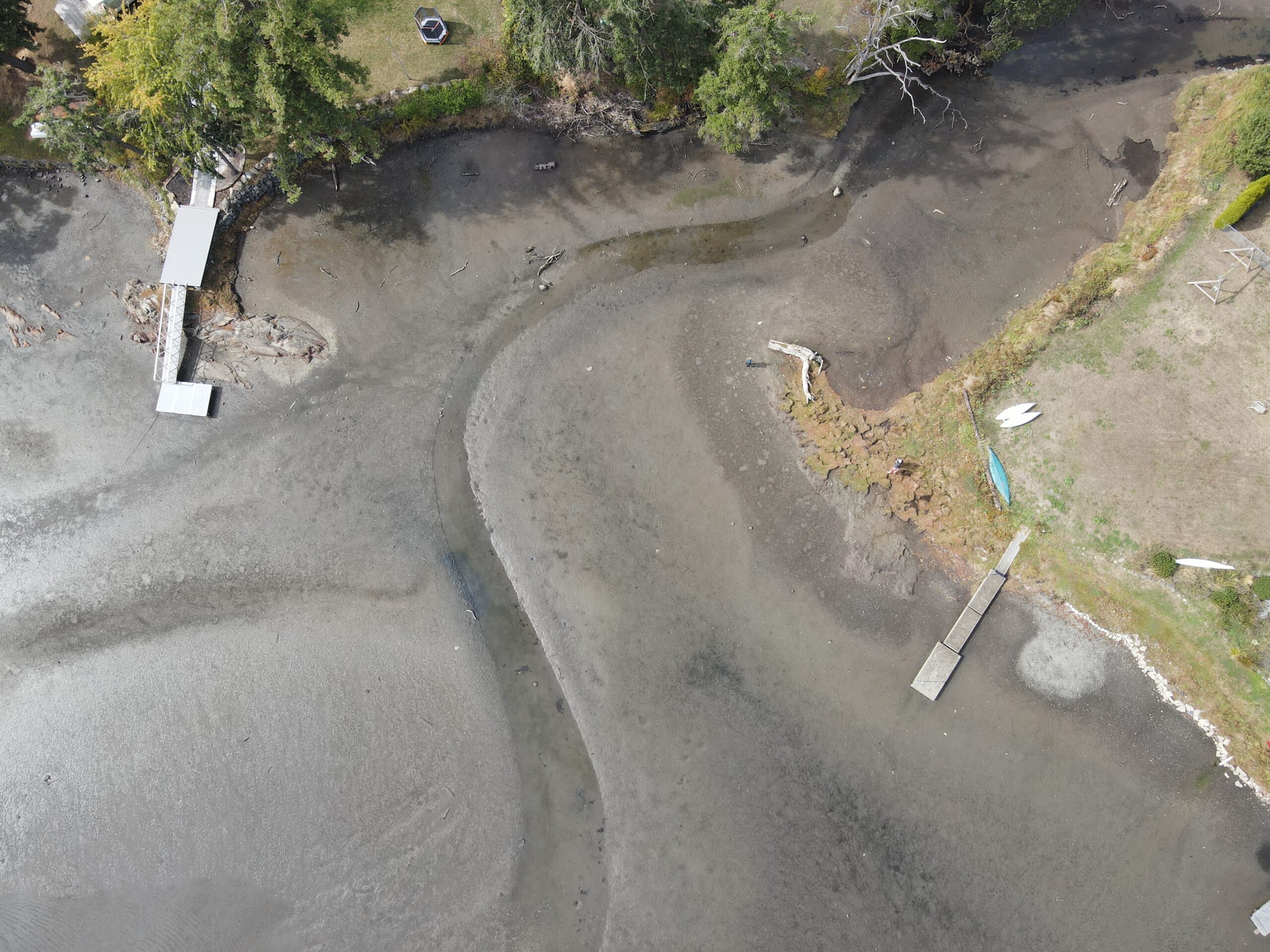Portage Inlet Salt Marshes
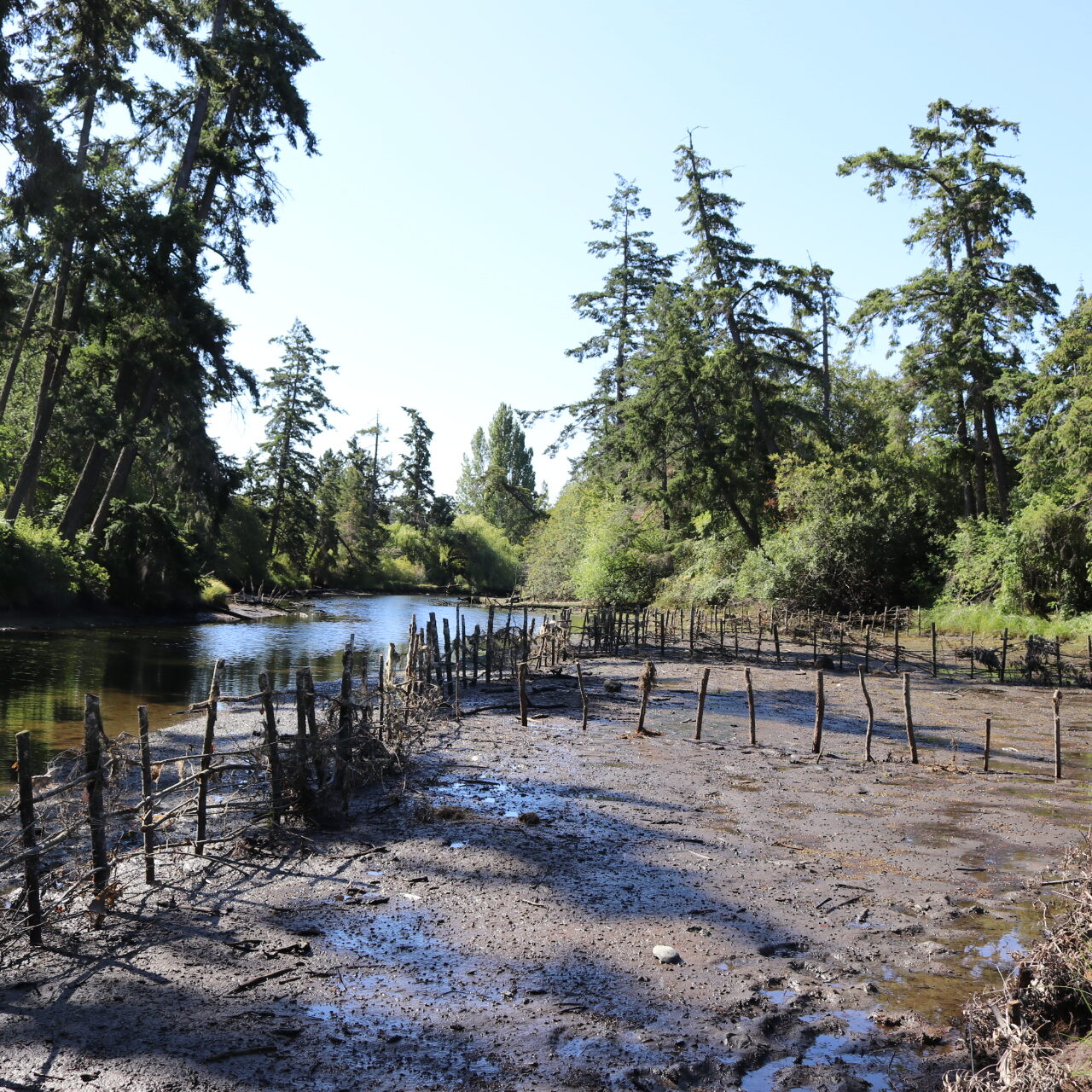
Salt marshes, also called tidal marshes, are ecologically productive and diverse estuarine habitats critical for coastal species across life stages including rearing coho salmon and coastal cutthroat trout populations. Salt marshes provide blue carbon sequestration, important nutrients, water filtration, productive habitats for fish and wildlife, and natural protection for upland areas from strong storms through the buffering of wave energy.
These important coastal ecosystems are often the most desirable for agriculture, fishing and hunting, industrial practices, transportation infrastructure, habitation, and development. As a result, these ecosystems have been disproportionately lost, degraded, or modified over the past century—some estimates put this loss upwards of 70% in the Salish Sea.
The remaining salt marshes on southern Vancouver Island are severely impacted by hyperabundant, introduced, non-migratory Canada geese that over-graze marsh vegetation, leaving banks exposed to erosion.
Peninsula Streams & Shorelines has undertaken an initiative focused on identifying, restoring, and protecting strongholds of salt marsh habitats in Portage Inlet.
View Royal Park Salt Marsh
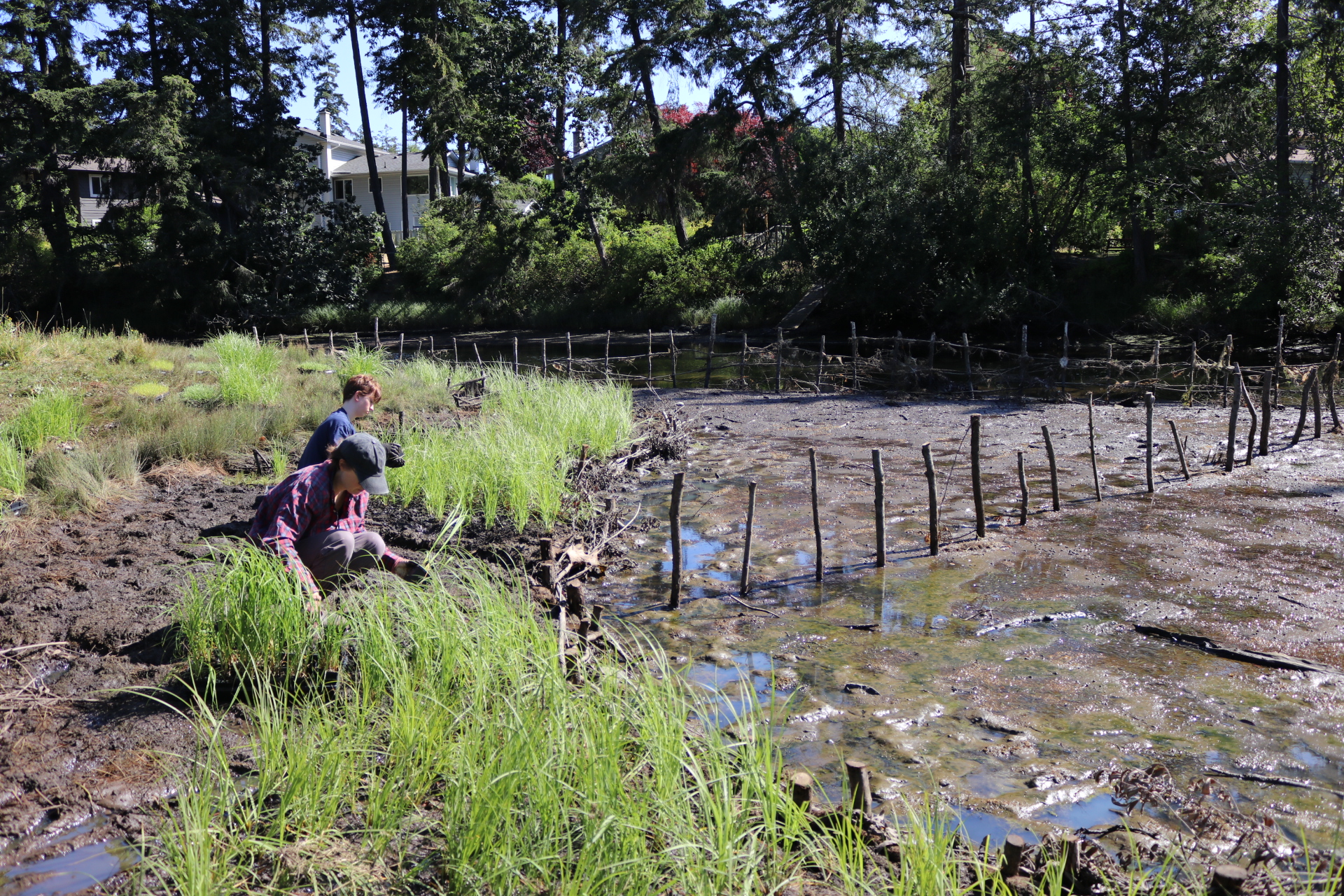
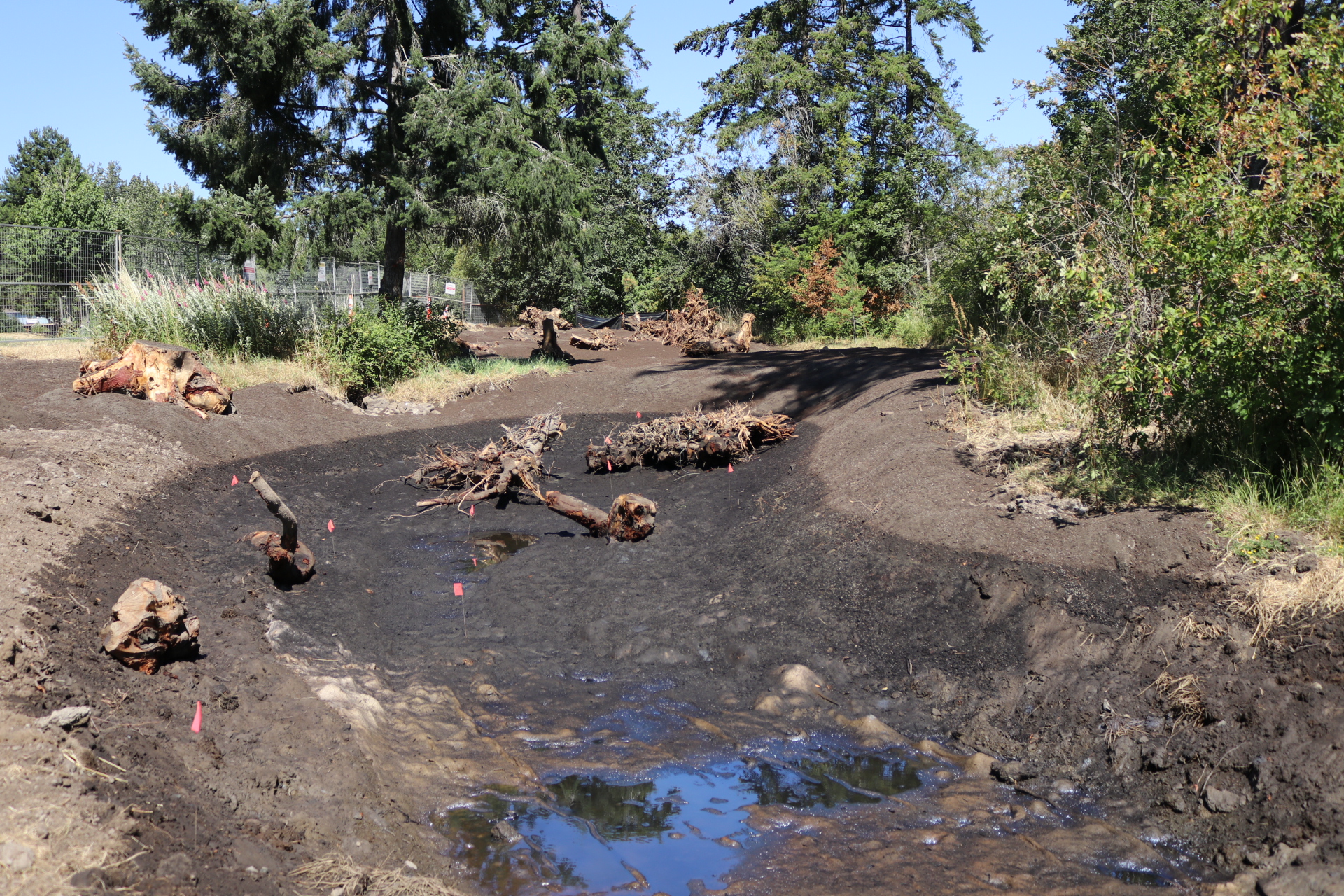
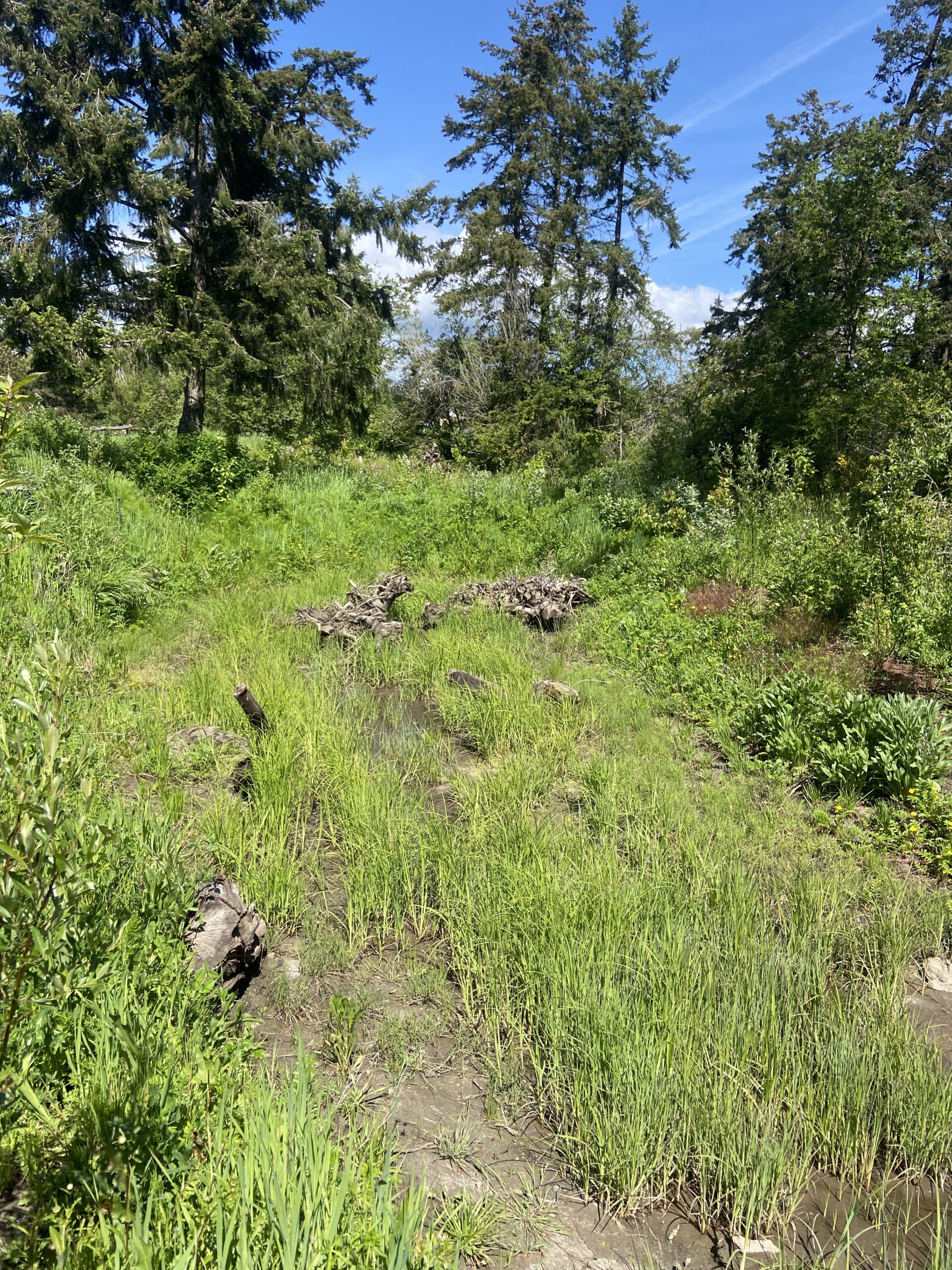






The restoration of the View Royal Park salt marsh, situated within the Craigflower Creek estuary, involved the installation of eco-cultural fencing to help stabilize eroded materials while creating a protective plant enclosure for Lyngbye’s sedge and other marsh plantings. The fencing, made of native alder and willow branches, limits Canada geese access while allowing other waterfowl, fish, and wildlife access, and also provides valuable instream structure and habitat. A fallow field was transformed to marsh and riparian habitat through the creation of excavated tidal channels and planted marsh platforms to establish areas lost to goose grazing and subsequent erosion.
In partnership with SeaChange Marine Conservation Society's Resilient Estuaries of the Salish Sea (RESS) program, the marsh is being actively monitored in its response to restoration efforts, assessing how fenced areas are recovering compared to unfenced controls and how restored sites are functioning relative to natural reference marshes.
The monitoring focuses on two main components: vegetation colonization and sediment characteristics.
- Vegetation is assessed using permanent plots within fenced and unfenced areas to track plant colonization and cover over time, and help evaluate the effectiveness of eco-cultural fencing in deterring geese and supporting the natural recolonization of native salt marsh plants like Lyngbye’s sedge, salt grass, and Salicornia.
- Sediment samples are assessed for soil pH, salinity, redox potential, total organic carbon, temperature, and grain size across four different sites, both restored and unrestored, to understand what may be driving success/ or failure of sedge recolonization across restoration sites.
Through this monitoring, PSS aims to determine whether these restoration interventions are successfully promoting marsh resilience, vegetation recolonization, and long-term habitat recovery within the View Royal Park salt marsh.
Hospital Creek Salt Marsh
The Hospital Creek Watershed encompasses 221.6 hectares within the District of Saanich and the Town of View Royal. Draining into Portage Inlet, the 2 km mainstem of Hospital Creek flows through agricultural and residential areas before reaching a highly degraded estuarine marsh complex at the head of Portage Inlet. The remaining salt marsh is rapidly eroding, with mass wasting of banks and poor sediment retention caused by shoreline modification, housing encroachment, and the impacts of hyperabundant resident Canada geese.
The restoration of the Hospital Creek salt marsh involved the installation of a protective goose exclosure surrounding the remnant marsh to prevent overgrazing and allow vegetation recovery. The fencing, constructed with wooden posts and lightweight nylon mesh, deters geese and ducks while remaining unobtrusive to other wildlife. Within the enclosure, salt marsh species were planted in existing and newly accumulated sediments, and a small rock sill was added to promote organic material capture and sediment stabilization.
These enhancements protect the remaining salt marsh, promote natural sediment retention, and support re-establishment of native vegetation critical to marsh stability and blue carbon sequestration. The project also included community outreach to nearby landowners about the ecological impacts of feeding waterfowl and the broader importance of estuarine habitats in the Salish Sea.
